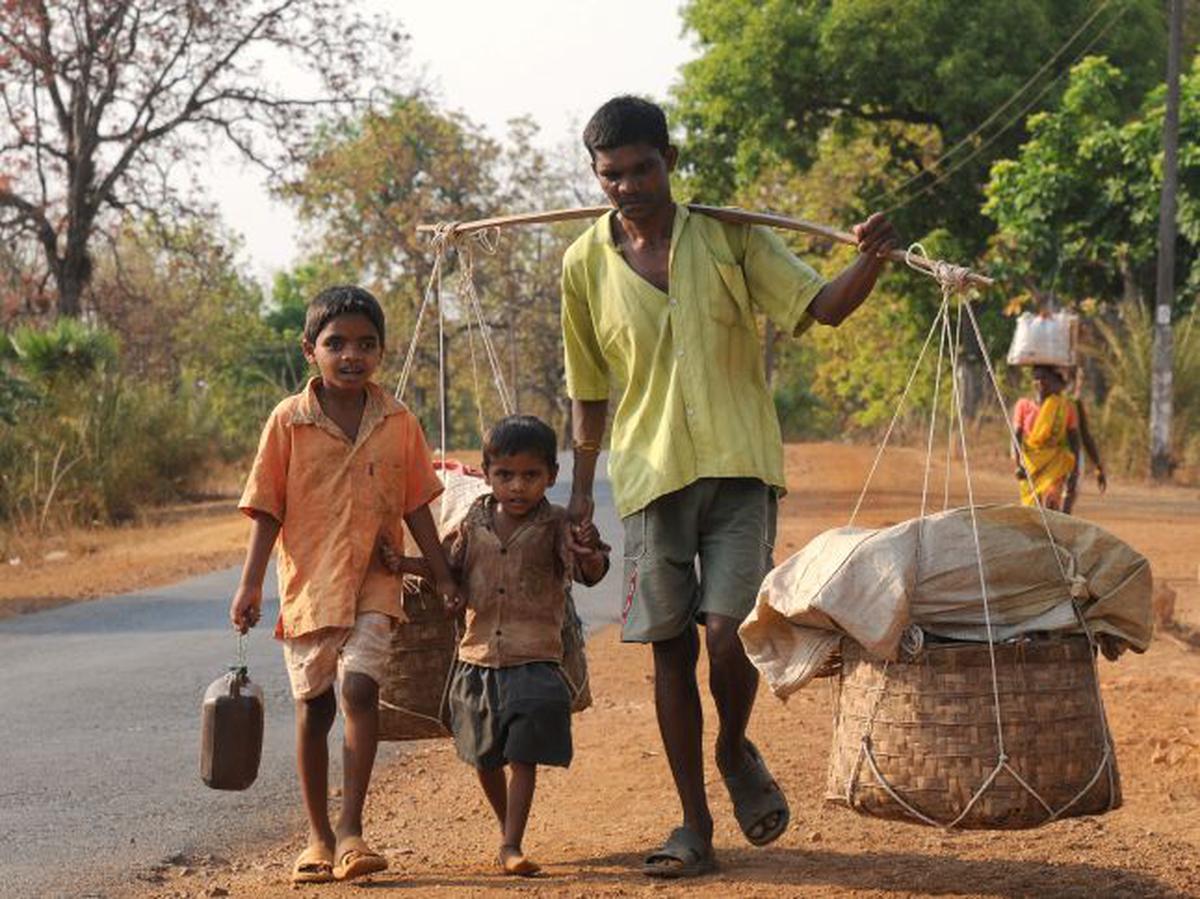News Highlight
No elixir for rural India: Union Budget 2023-24 has very little to offer the rural population.
Key Takeaway
- The last full budget before the incumbent party seeks re-election in May 2024 should have targeted India’s suffering rural folk.
- Additionally, it enables them to earn more and boost private consumption for higher economic growth.
Union Budget for Rural India
- Agriculture and Allied Activities
- The budget for agricultural and allied activities, including PM KISAN.
- Furthermore, it has increased marginally from Rs 1.36 trillion crores in FY23 to Rs 1.44 trillion crores in FY24 (a 5.8% increase).
- Agriculture Research and Development
- Agriculture R&D is allocated Rs 9,504 crore, more than Rs 8,658 crore in FY23.
- This is merely 0.4% of agricultural gross value added, but other countries spend 1-2% of agricultural GDP.
- Agri Subsidy
- This budget witnessed a 31% reduction in Food Subsidies.
- In addition, it is now allocated Rs 197,350 crore, down from Rs 287,194 crore last year.
- Fertilizer subsidies were reduced by 22% from the previous year to Rs 175,099 crore.
- Subsidies for liquefied petroleum gas (LPG) for the poor have been cut by 75%, amounting to Rs 2,257 crore.
- Furthermore, Cotton Corporation’s budget for cotton purchase under the Price Support Plan has been lowered to Rs 1 lakh from Rs 782 crore in 2022-23.
Constitutional Provisions Related to Rural Development in India
- Directive Principles of State Policy
- One of the DPSPs is enshrined in Article 40 of the Constitution, which states that the State shall take steps to organise village panchayats.
- In addition, they will be given the essential powers and ability to function as self-governing units.
- 73rd Constitutional Amendment Act
- The 73rd Constitutional Amendment Act of 1992 established Panchayati Raj Institutions.
- Its mission is to create democracy at the grassroots level, and it has been tasked with rural development in the country.
- Eleventh Schedule of the Constitution
- It delegated to Panchayati Raj entities as many as 29 functions, including;
- Agricultural extension, land improvement, land reform implementation, and so on.
- Panchayats have the authority to make plans for economic growth and social justice with matters developed by law to the various levels of Panchayats.
- It includes those listed in the Eleventh Schedule.
Major Challenges Related to Rural Spheres in India
- Lack of Educational Enlightenment
- Rural India relies heavily on government and government-aided schools for education.
- The road to education is not simple in rural India.
- Rural students have little or limited access to advanced learning methods such as;
- Digital learning.
- Computer instruction
- Non-academic publications.
- Furthermore, families from rural areas are always financially burdened for various reasons.
- Education for their children becomes a secondary priority for them.
- Thus, they are obliged to engage in income-generating activities to survive.
- Lack of Effective Administration
- The most significant impediment to sustainable rural development in India is a lack of transparency in the administration structure.
- In addition, corruption thrives in these places due to a lack of political awareness.
- A lack of accountability between unique purpose entities and panchayats exacerbates this situation.
- Rural-Urban Water Conflict
- Cities are rapidly increasing due to rapid urbanisation, and a big influx of migrants from rural areas has boosted per capita water demand in cities.
- Additionally, it is forcing water transfer from rural reservoirs to urban areas to close the gap, endangering rural areas’ ability to meet their water needs.
- Unplanned Migration
- Unplanned migration from rural to urban areas, notably in search of better economic prospects.
- It is straining urban amenities while pushing many low-wage migrants from rural areas to live in unsanitary and deplorable conditions.
- Furthermore, it is also contributing to the feminisation of agriculture in India.
Government Initiatives Related to Rural Empowerment
- Deen Dayal Upadhyaya Grameen Kaushalya Yojana
- Pradhan Mantri Kaushal Vikas Yojana
- Pradhan Mantri Matru Vandana Yojana
- Mahatma Gandhi National Rural Employment Guarantee Act
- National Rural Livelihood Mission
- Pradhan Mantri Awas Yojana

Way Forward
- Farm-Factory Approach
- Firstly, food processing industries must be incentivised to locate in rural areas.
- As well as, processing must be linked to transportation via efficient value chains.
- Furthermore, contract farming and direct farm-factory links have significant promise for rural financial security.
- Digitised Rural Space
- Secondly, Rural digitalisation and local e-governance will be vital to empowering 650,000 villages and 800 million residents.
- A rural knowledge platform can be established through active public and private partnerships.
- In addition, it brings cutting-edge technology deeper into villages and creates jobs.
- Artificial intelligence can help with intelligent and precise agriculture.
- Embracing Kalam’s Vision
- Former President APJ Abdul Kalam proposed the concept of the Provision of Urban Amenities to Rural Areas (PURA).
- Its goal goes beyond creating economic infrastructure and job possibilities in rural communities.
- Furthermore, access to adequate housing, including amenities, should be prioritised to advance this paradigm.
Pic Courtesy:
Content Source: Down to Earth



